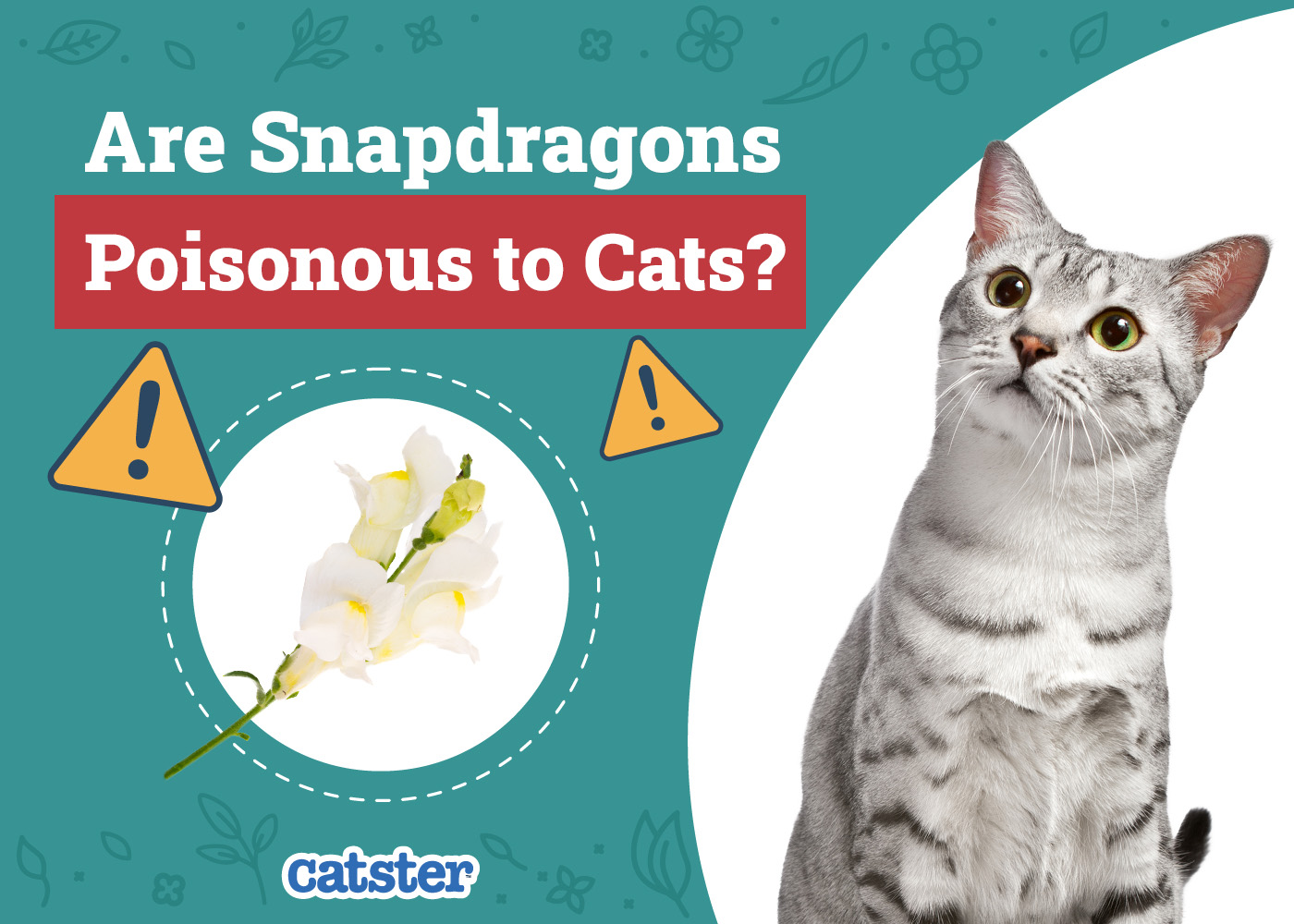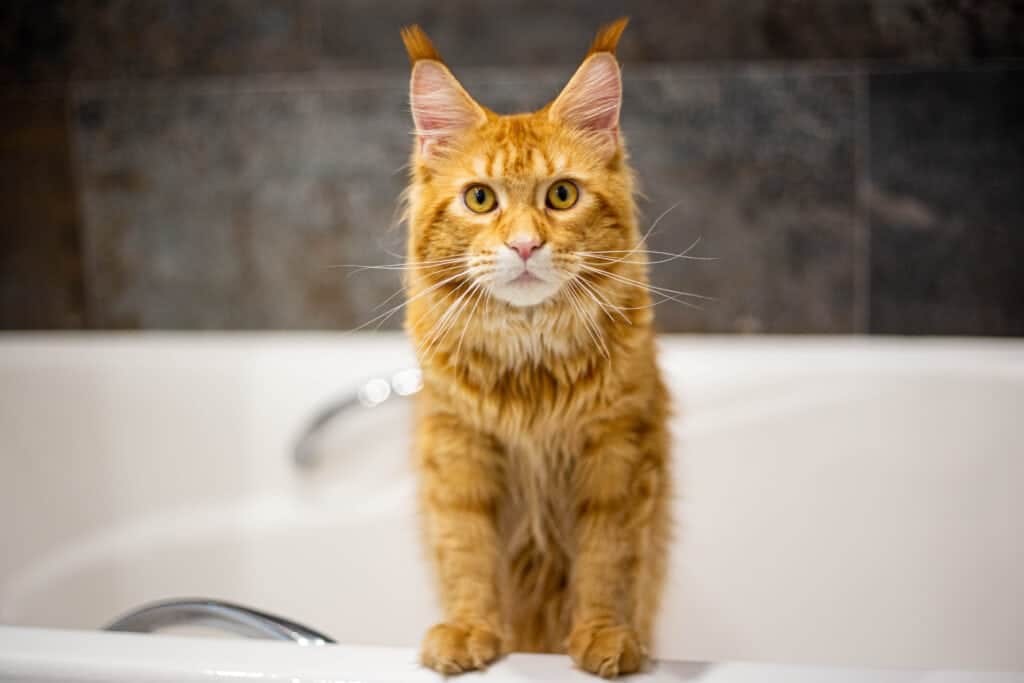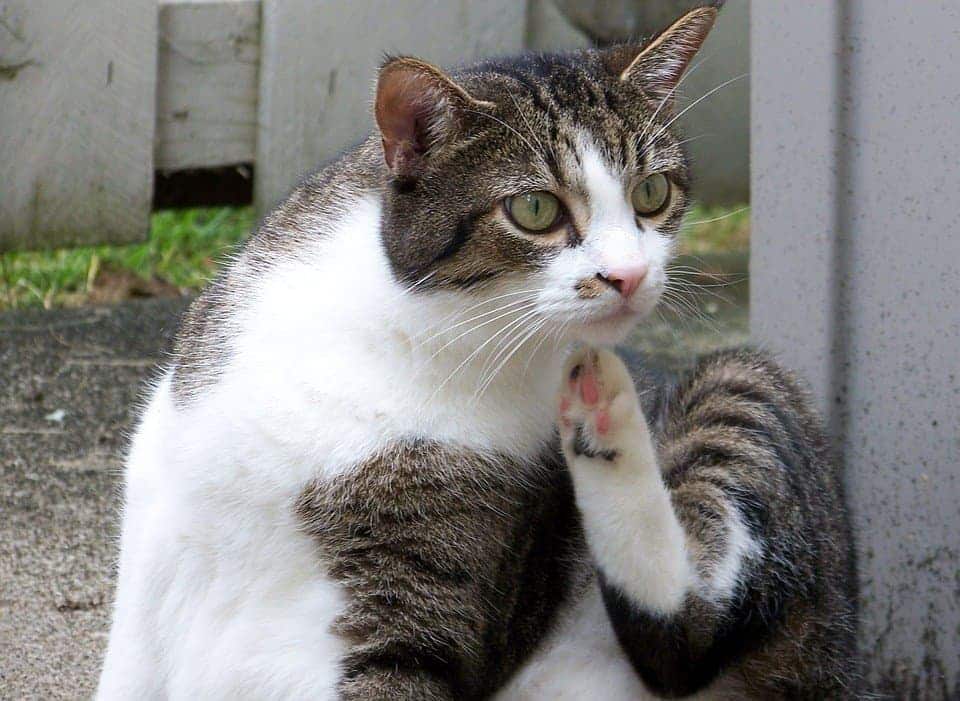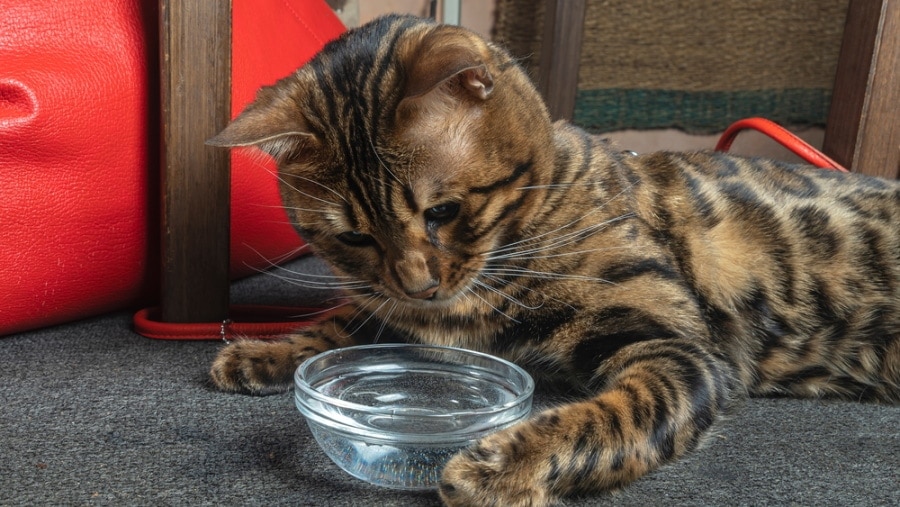Click to Skip Ahead
Snapdragons are tall, candy-colored perennials that are usually grown as annuals. Gardeners grow snapdragons to brighten a garden or a front porch and even for medicinal uses.
These captivating flowers have bold colors that catch anyone’s attention, and it doesn’t take long for cats to notice them as well. If you have a feline friend frolicking through your flowers and are wondering if snapdragons are toxic to cats, you’re in luck. The ASPCA lists snapdragons as non-toxic to cats, dogs, and horses.1
So, you can take a deep breath because you have nothing to worry about! If you’re interested in growing this flower, then keep reading.

What Is Special About Snapdragons?
The shape of the snapdragon flower is what sets it apart from other flowers. The plant’s common name, snapdragon, describes the shape of the flower head, which looks like a dragon’s snout. Even the plant’s botanical name, Antirrhinum majus, means “like a snout.” The petals open and close in a snapping motion, making pollinators pry open the petals to reach the pollen.
Snapdragons are native to North America, North Africa, and parts of Europe. You can expect this plant to reach up to 4 feet high and bloom in several energetic colors. Some plants may only grow to reach a few inches high, depending on the variety you grow.
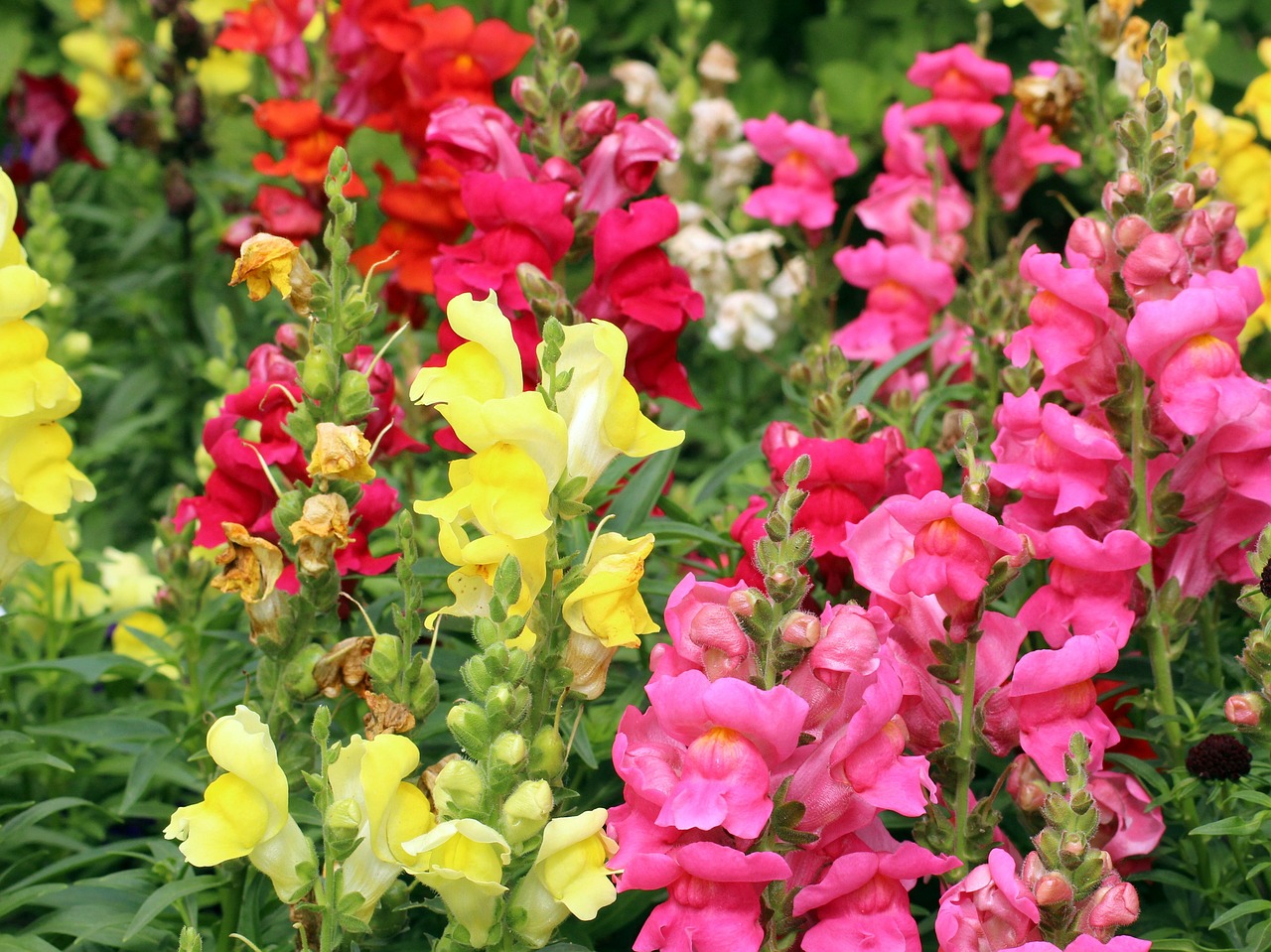
Some classic varieties of snapdragons include:
- Tutti Frutti
- Candy Tops mix
- Rocket series
- Madame Butterfly mix
- Chandelier mix
Snapdragons like to stay cool, so spring and fall are the best seasons for the flowers to bloom. However, if you keep the flower bed watered and offer some shade, the heat from the summer shouldn’t exhaust the plant too much.
Can Cats Eat Snapdragons?
Snapdragons are safe for cats to chew on. This goes for all varieties of snapdragons.
It’s still a good idea to keep your cat from always chewing on the plant. Snapdragons are not toxic to cats, but too much of a good thing can be a bad thing, so try to keep your cat from nibbling on the plant too much. That way, you can avoid your cat getting an upset stomach.
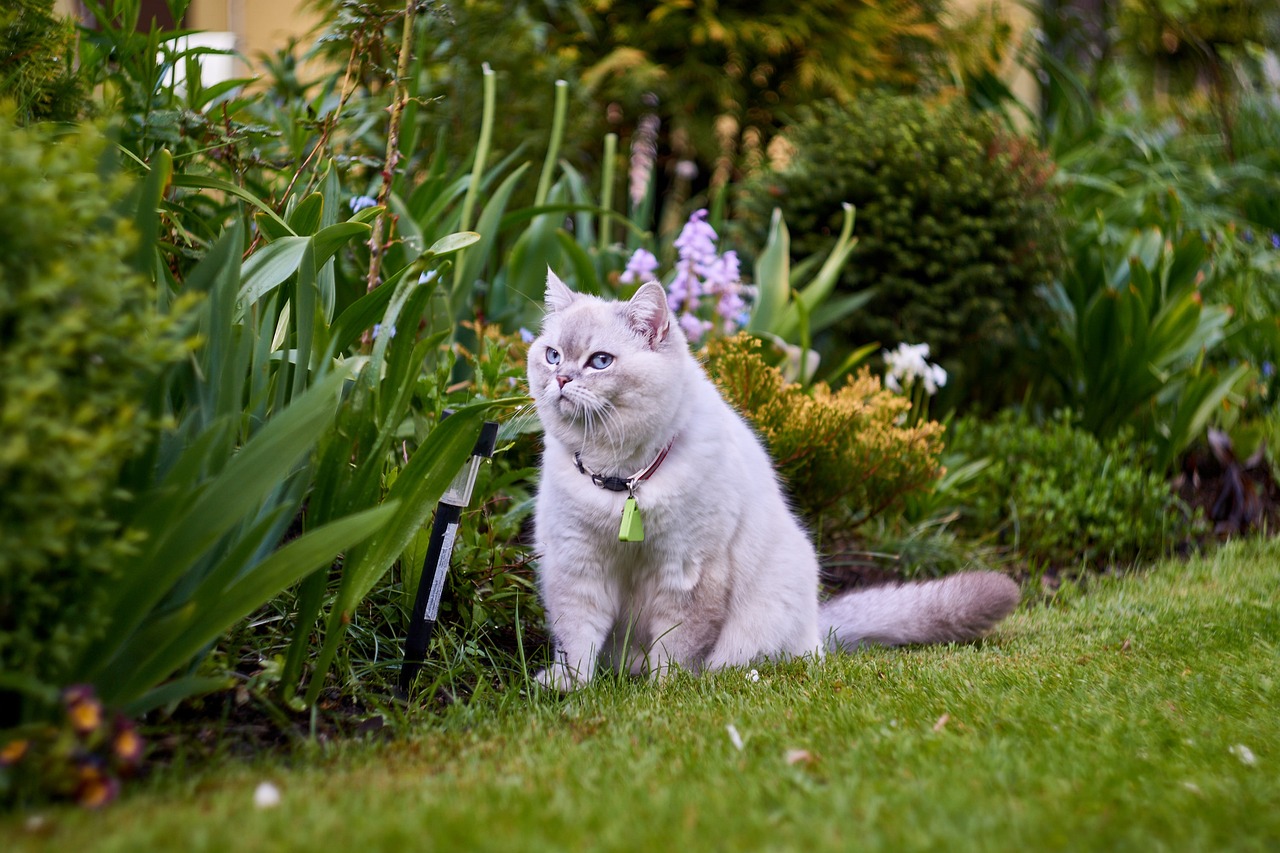
Other Cat-Friendly Flowers for the Garden
When you plant one flower, you can’t help but plant another and then another. Soon, you want an entire garden bed full of gorgeous flowers! To help, here’s a list of other non-toxic flowers you can include in your garden:
- Orchids
- Cornflower
- Roses
- Camellia
- Coreopsis
- Petunias
- Nasturtiums
- Sunflowers
- Cosmos
- Zinnias
- African violets
- Alyssum
- Columbine
- Salvia
- Asters
- Wax plant
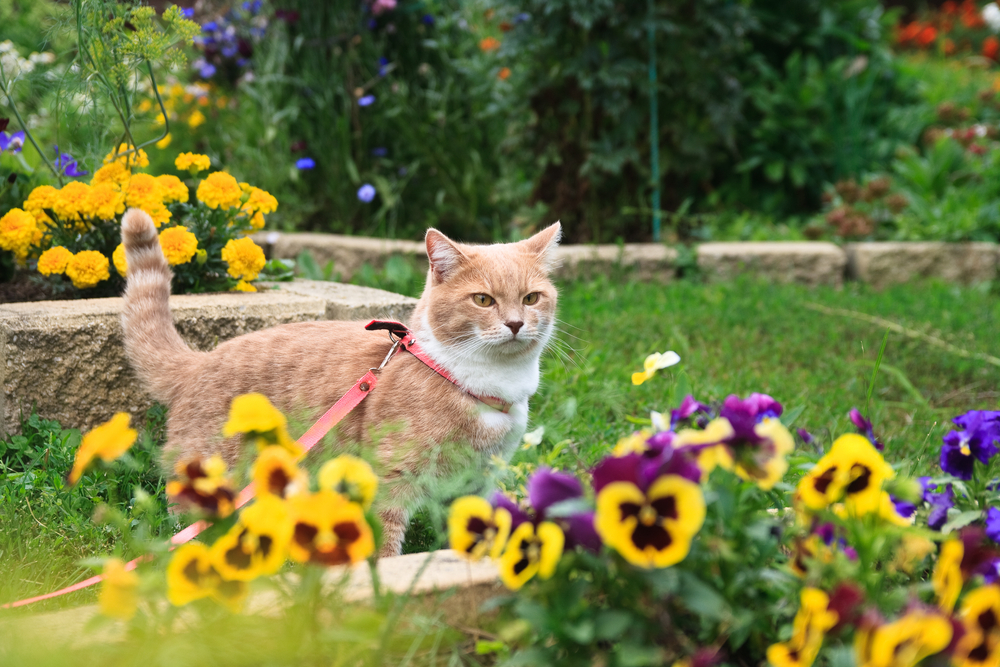
What Are the Most Toxic Flowers to Cats?
Below is a list of flowers and houseplants you should always avoid or keep in a place where your cat can’t reach the plant. These plants have been deemed toxic by the ASPCA, so proceed with caution with any of these plants:
- Lilies (always avoid!)
- Ivy
- Cyclamen
- Delphinium
- Aloe
- Autumn Crocus
- Azaleas and Rhododendrons
- Tulips and Hyacinth
- Sago Palm
- Dianthus
- Daisies
- Dieffenbachia
- Oleander
- Kalanchoe
- Larkspur
If you have any concerns or curiosities about your cat or their health, we recommend you contact your vet directly.
If you need to speak with a vet but can't get to one, head over to PangoVet. It's an online service where you can talk to a vet online and get the advice you need for your pet — all at an affordable price!
What Can I Spray on My Plants to Keep My Cats Away?
It’s inevitable, isn’t it? Our cats can’t help but try eating our plants. Well, there are ways you can keep your cat from eating your plants aside from planting a cat-friendly garden.
Cats have impeccable olfactory senses, meaning their noses pick up on a scent far better than humans. Using a spray that offends their nostrils is a great way to keep your cat from chewing on your precious plant babies.
Spray the plant leaves with a plant-friendly pet deterrent. This doesn’t work for every cat, but it’s better than chasing your cat around every time they venture too close to a toxic plant.
Another option is placing some citrus peels around your plants. Cats don’t like the smell of citrus and may avoid your plants altogether. Just make sure they don’t try to eat them too.

Conclusion
Now that you’ve learnt that snapdragons are non-toxic to cats. Know that you are a better pet owner because you took the time to research a plant to keep your cat safe.
Snapdragons are too beautiful a plant to pass up as a cat owner. Why not add a little beauty to your yard or windowsill and plant some cat-friendly flowers? There’s only one thing left to do now—head to the garden store!
Featured Image Credit: Teodor Buhl, Pixabay

